Knowledge
KINGFA Solutions
Hand Protection
Respiratory Protection
Environmental Solutions
Industrial Protection
Filtering Material
Protective Apparels
Laboratory Solutions
Email:
kingfamed@kingfa.com
Address:
No.33 Kefeng Road, Science City, Guangzhou, Guangdong Province, China, 510663
INQUIRY
Knowledge
Understanding the Latest EN 388 Standard for Mechanical Risk Gloves
Looking for the perfect gloves to protect you from the hazards of the workplace? Look no further than the EN 388:2016 standard! With this amazing standard, workers can easily determine which gloves offer the ideal level of protection against mechanical risks.
READ MORE

What Make 28 Consecutive Successful Tests of KINGFA MEDICAL's Face Masks in Europe?
Kingfa Medical, established in 2020, entered the face mask production industry with a focus on innovative materials and high-quality standards. Our masks exceed global certification requirements, with advanced filtration efficiency, low resistance, and enhanced breathability. With proprietary technologies ensuring superior protection, comfort, and reliability, Kingfa Medical definitely becomes a trusted choice for governments and leading enterprises worldwide.
READ MORE
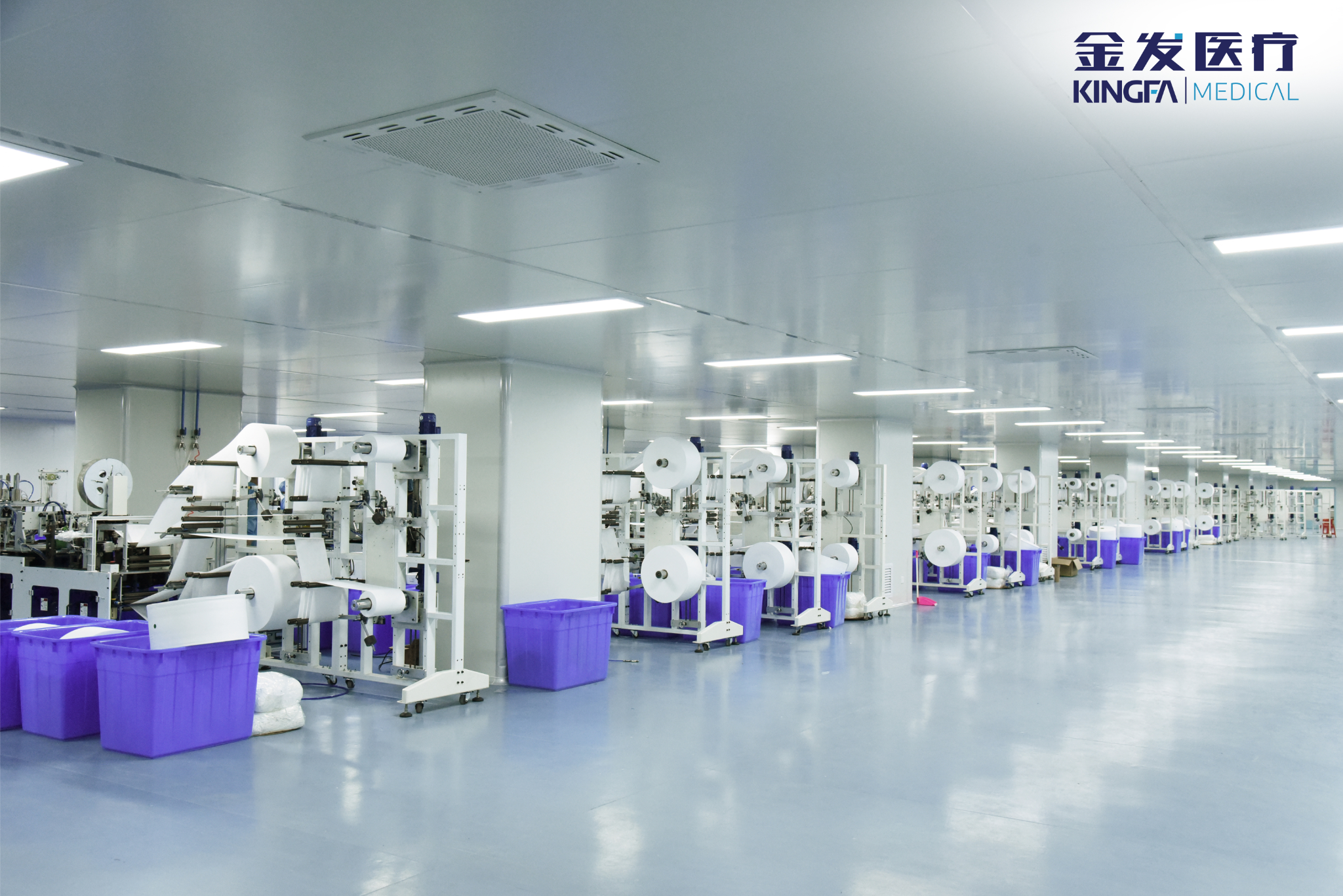
What's the Process of Mask Quality Test Report (SGS)
Medical face masks are considered as medical devices and regulated by national medical device regulations. Regulations will define the legal obligations, to ensure that medical face masks provide the minimum level of protection against intended risks. Specific requirements by classification are cited in the referenced performance standards.
READ MORE
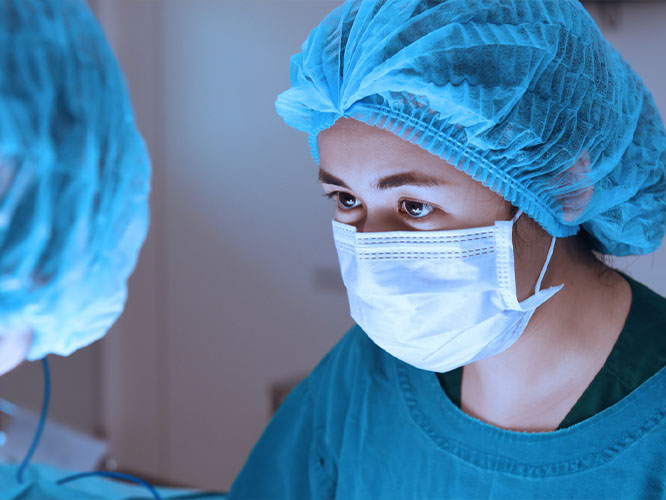
Pink Nitrile Exam Gloves: Discover Superior Protection with KINGFA Medical
KINGFA Pink Nitrile Exam Gloves blend safety with empathy—ideal for healthcare settings. Latex-free, powder-free, and textured for superior grip, they enhance patient comfort in pediatrics, OB/GYN, and dental care. Trusted globally, meeting ASTM & EN standards. Click to discover more!
READ MORE
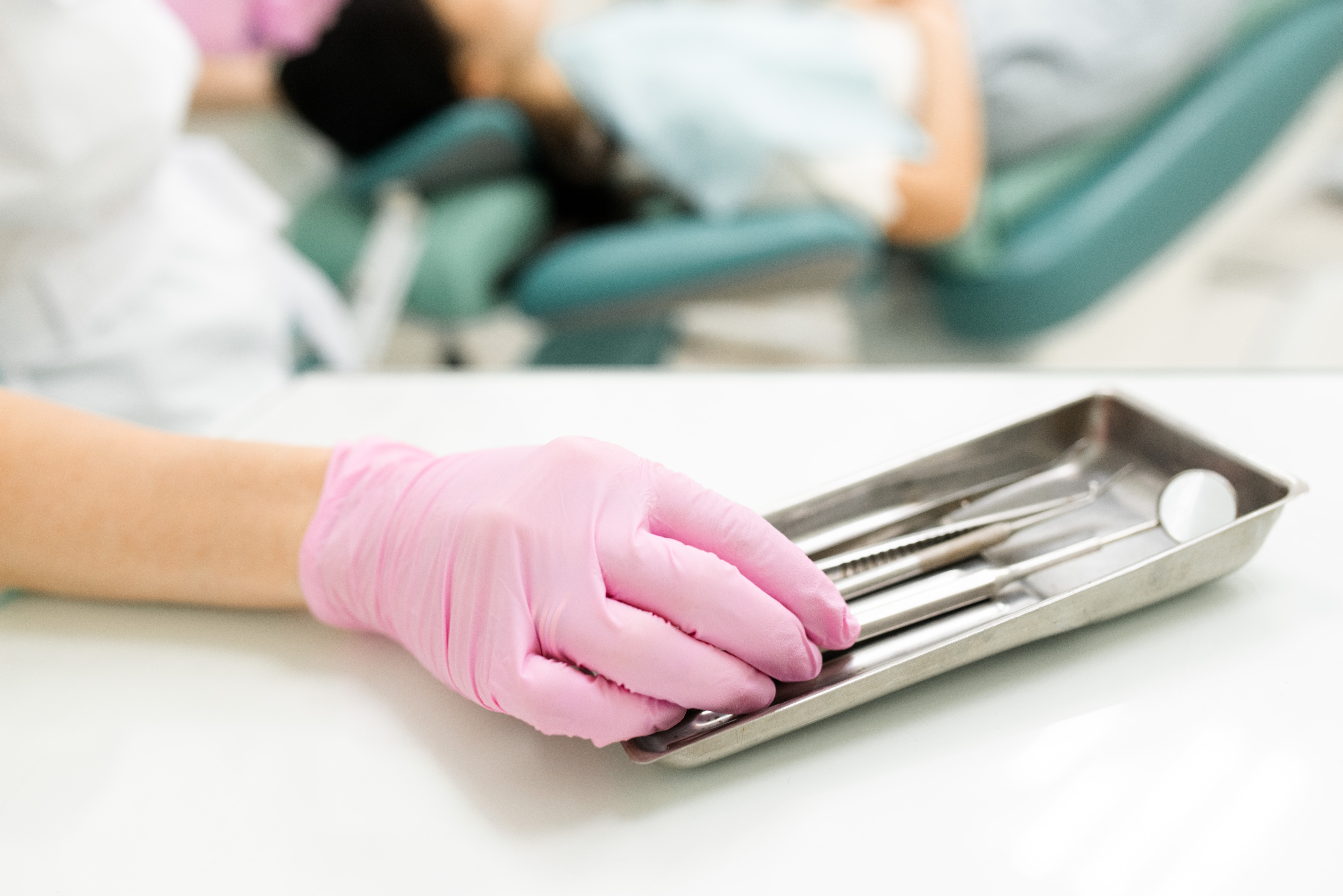
Independent Innovation in IVD NC Membrane: KINGFA Breakthrough in Critical Raw Material
Kingfa Medical has broken through technical barriers in NC membrane production, achieving domestic substitution with its self-developed nitrocellulose membrane. Featuring international advanced standards in uniformity and long-term stability, the membrane offers high protein binding capacity, a uniform microporous structure, and strict quality control ensuring batch-to-batch consistency. This innovation provides reliable solutions for immunodiagnostic reagents, bolstering domestic IVD competitiveness in the global market.
READ MORE
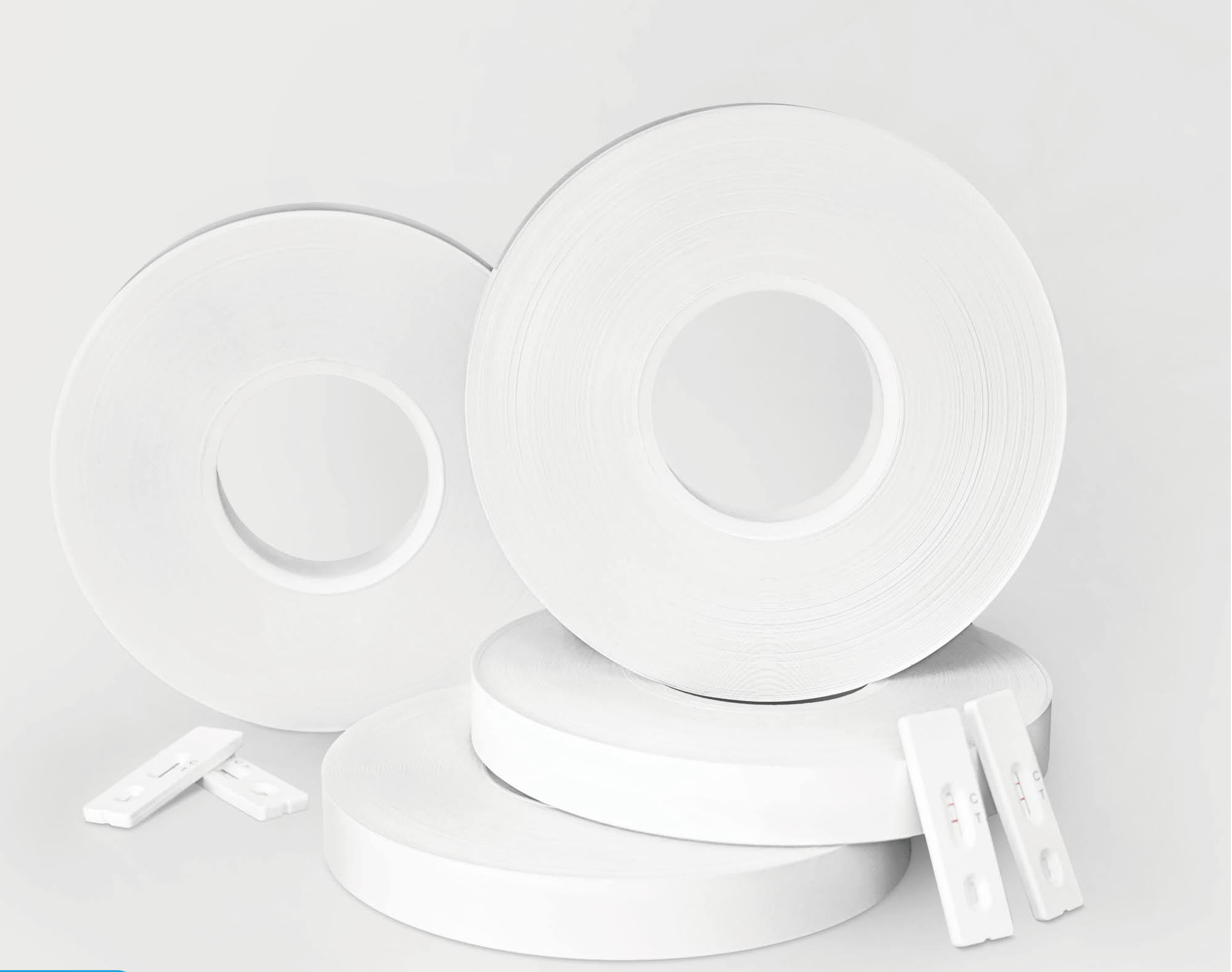
The Application of Nitrile Gloves in Dental Health-care Settings
In high-risk dental environments, effective infection control starts with precision protection. CDC guidelines mandate nitrile gloves for their superior barrier against pathogens and chemicals. This article explores how advanced nitrile gloves enhance tactile sensitivity in procedures from implants to pediatric care, while ensuring compliance with OSHA standards.
READ MORE
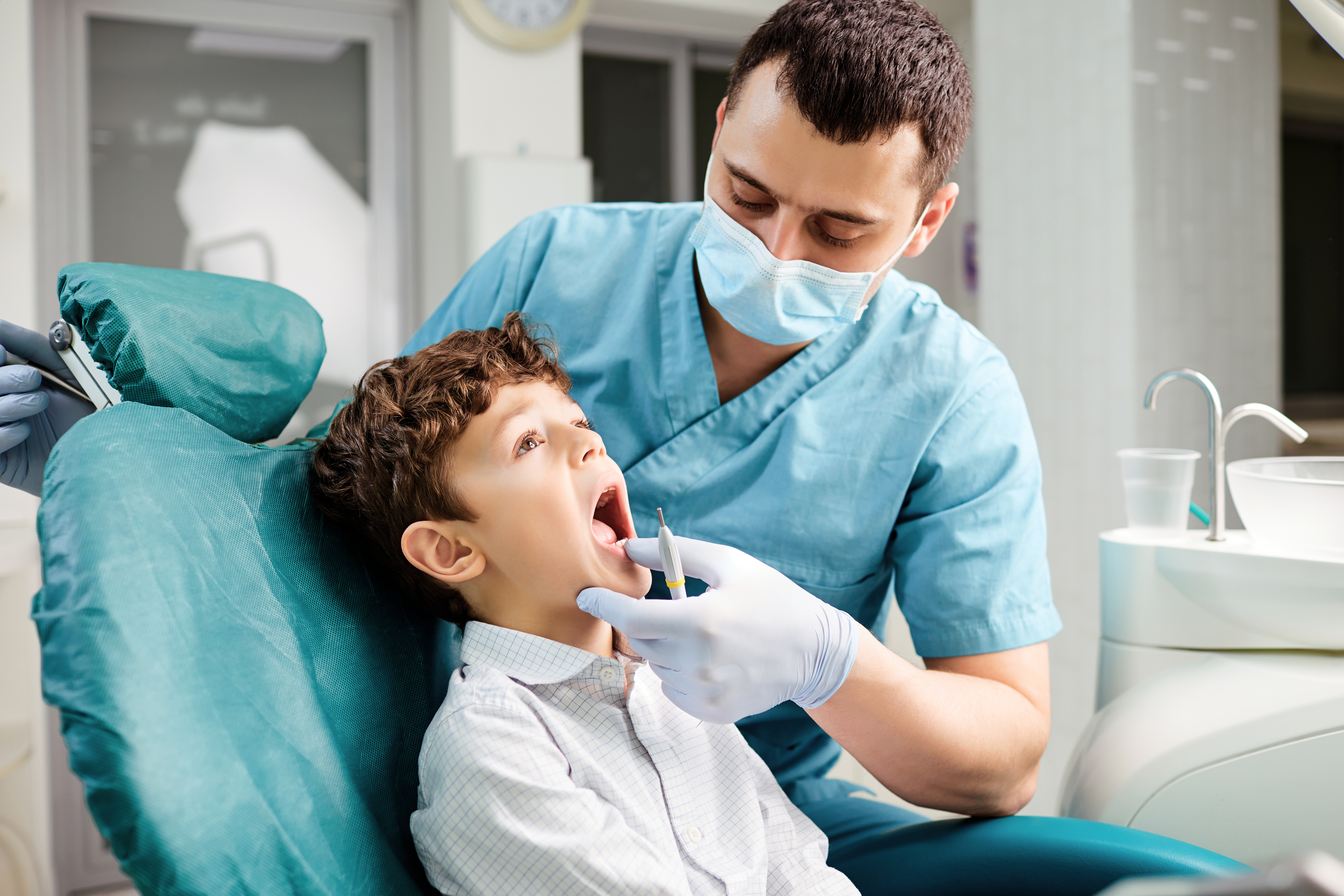
SUCCESS
You've successfully subscribed to our newsletter.
OK
